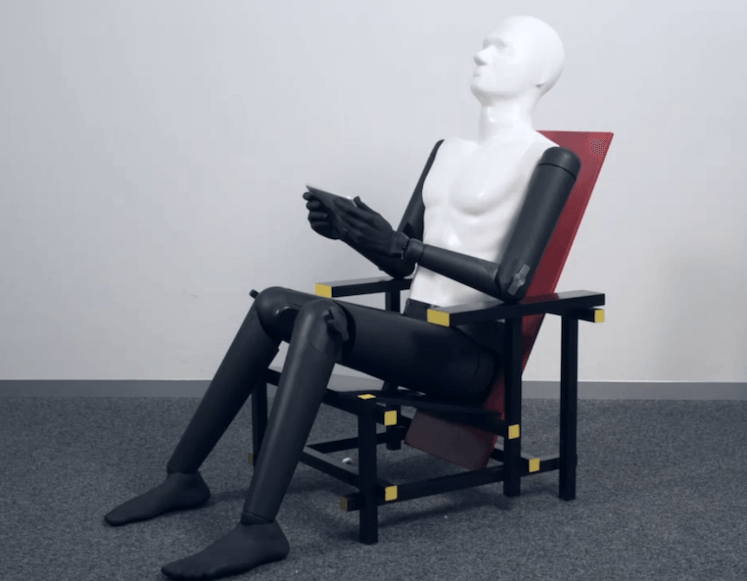The current way to test fitness tracker accuracy is inefficient, but a Finnish startup has come up with a solution that could reduce the cost and the time spent testing the device.
Verkotan, an over-the-air (OTA) mobile research and development lab, has repurposed one of its test chambers for wearable testing. In the new chamber sits Speag’s anatomical human, the EM Phantom Popeye, which has the ability to simulate movement in a variety of different real-life areas, from a busy urban environment to rural valleys.
See Also: Report says Rio athletes want more out of their wearables
Switching from real life testers to the robotic arm could save wearable manufacturers thousands in expenses and reduce the amount of time needed for testing. It also, according to Verkotan, provides manufacturers with more accurate test results, since it can perform more testing in a shorter time period and not have any real world barriers.
“GPS testing relies on unreliable field testing,” said Kari Komonen, CEO at Verkotan, in a YouTube video. “It requires weeks of testing. Engineers need to carry out field testing in multiple locations. We have completed changed this, by bringing it into the laboratory environment.”
“In our test lab, this reduces GPS test time to one day. A reliable, repeatable test environment also enables better performing products,” he added.
Will big wearables makers like this testing?
Its not clear if major vendors like Fitbit and Apple already have this type of virtual test environment. Apple must have some type of in-house testing program, considering the lack of design leaks for the Watch prior the announcement.
For smaller firms, it might be a way to test the product extensively without having to hire a dozen runners. This could reduce product leaks as well, which may be useful for mid-sized firms like Jawbone and Pebble, that have lots of fans but a low amount of cash on hand.





















